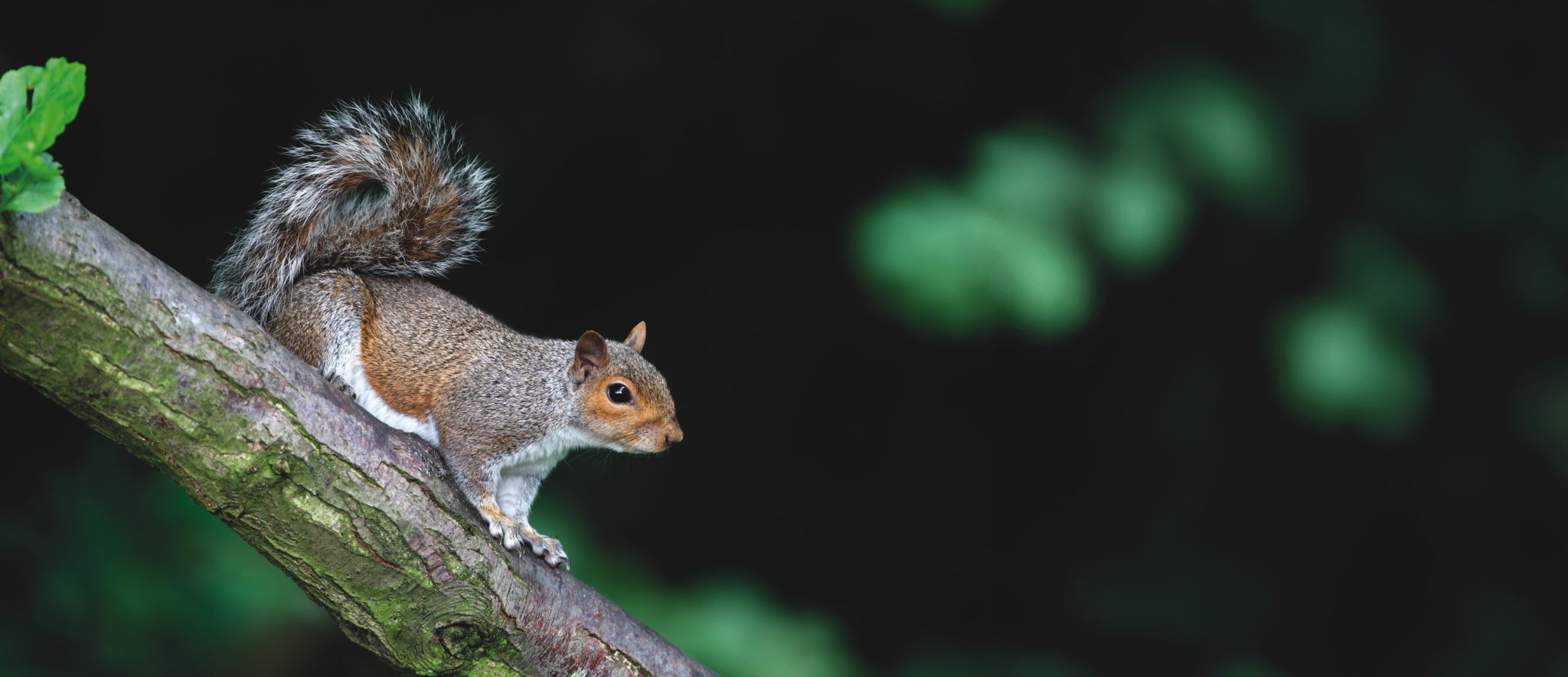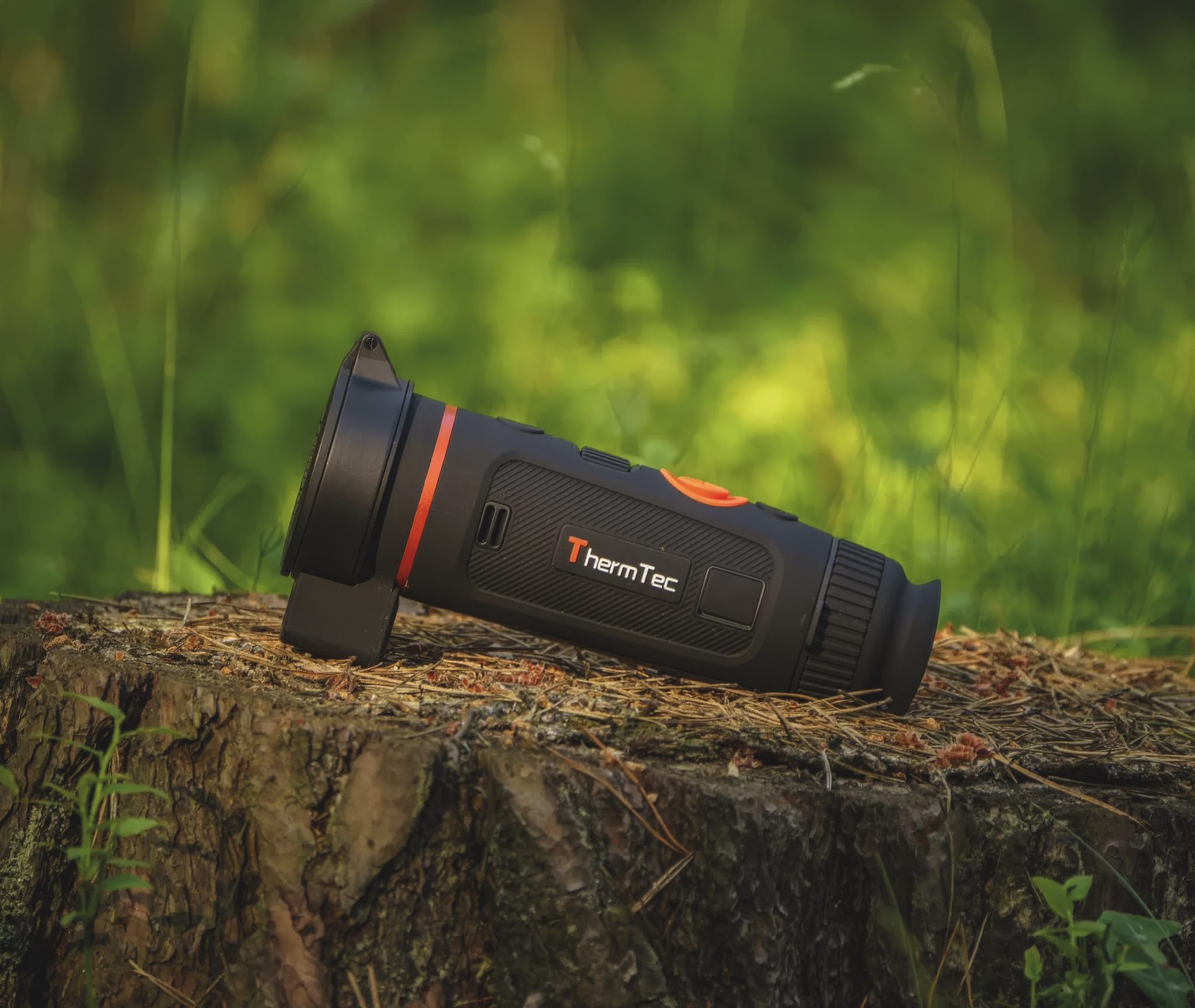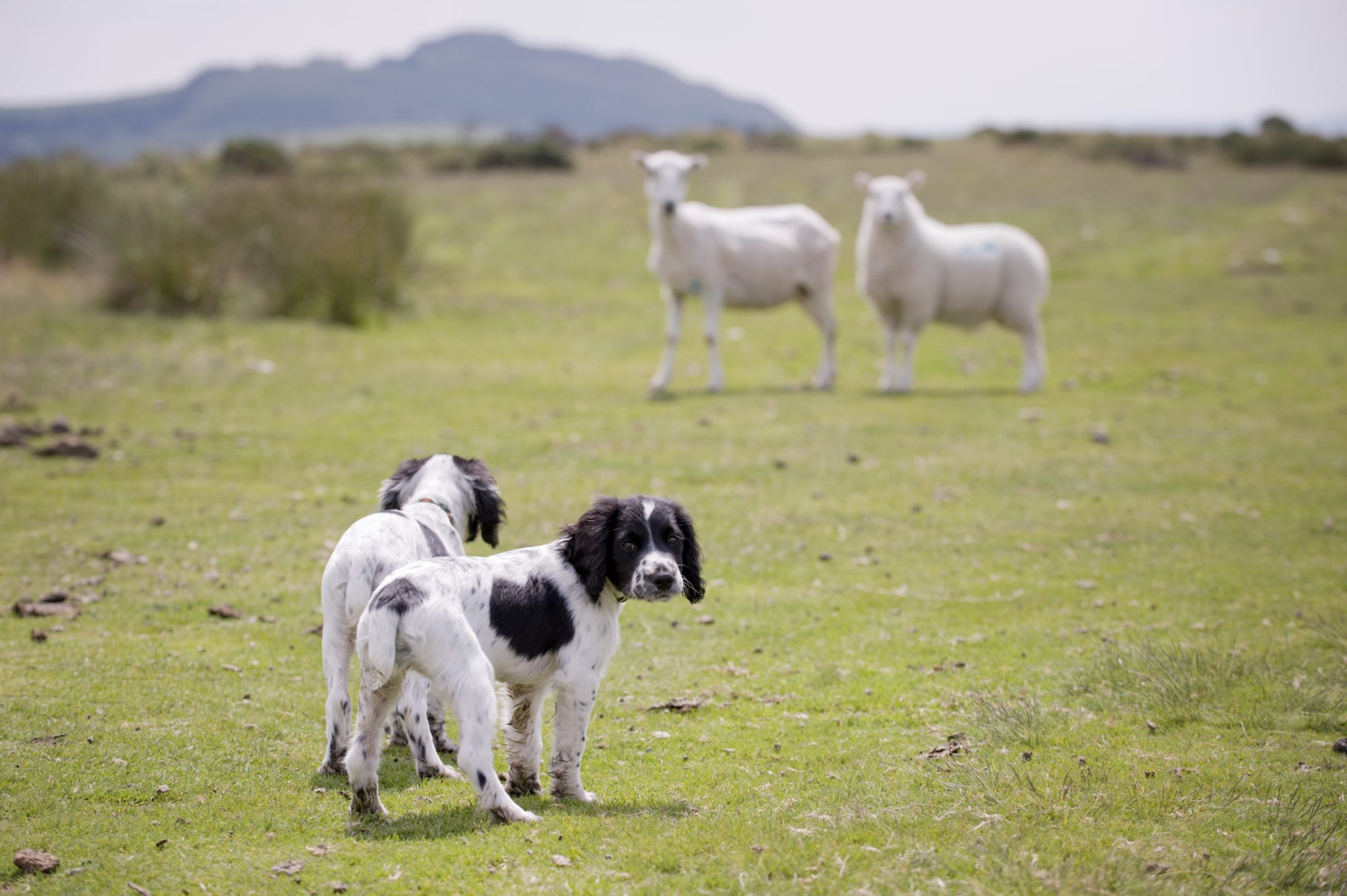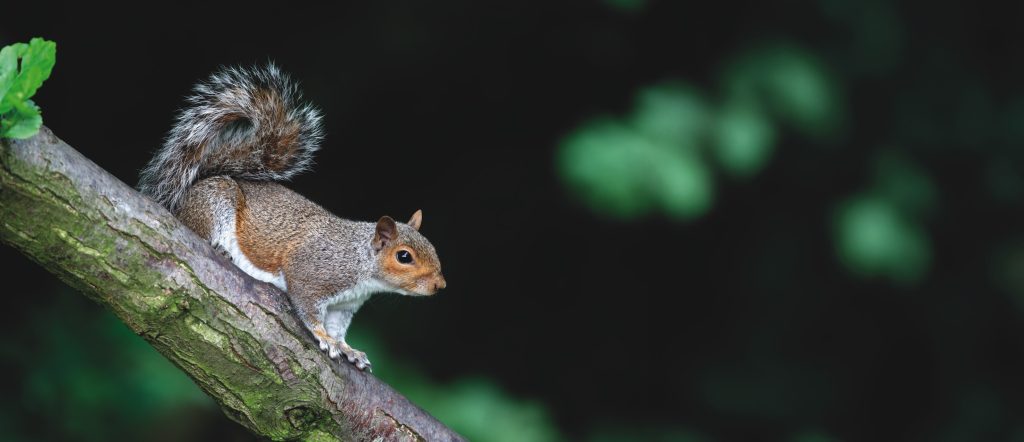Win CENS ProFlex DX5 earplugs worth £1,149 – enter here
Reducing ricochets: Which rifle rounds are more likely to ricochet?
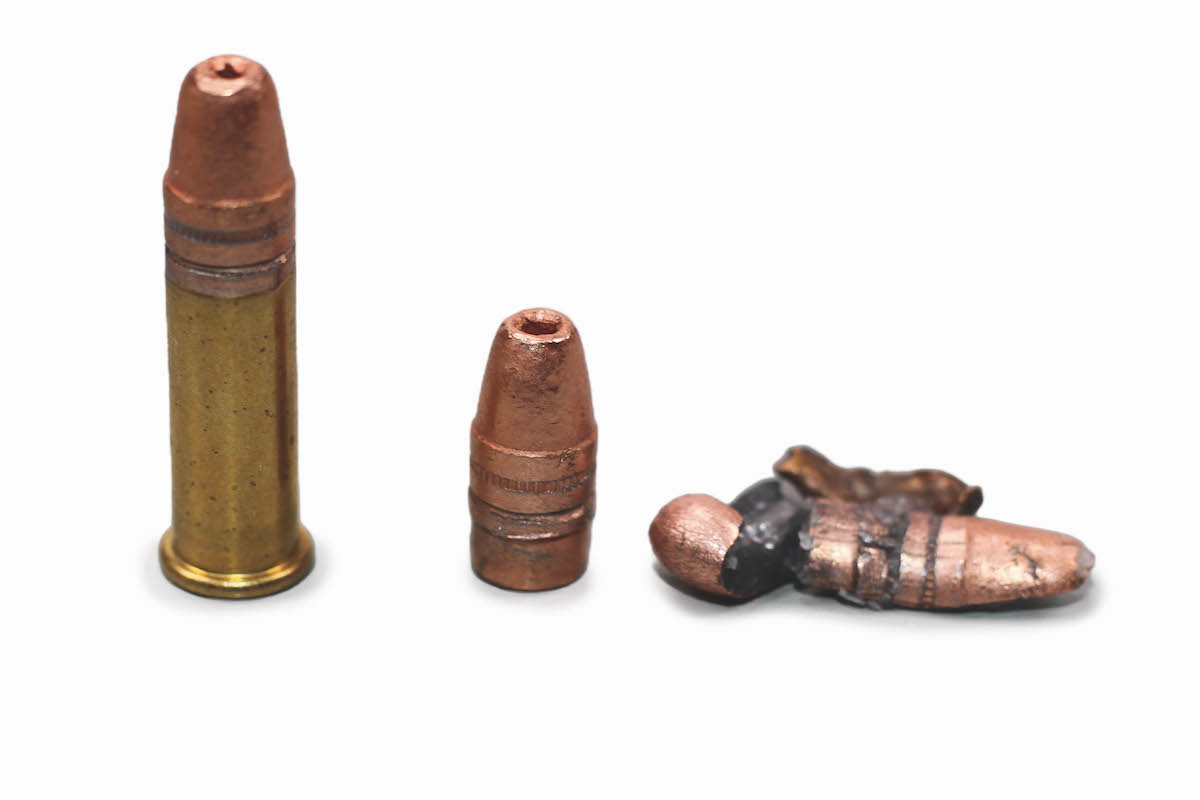 CCI Segmenting 22 LR
CCI Segmenting 22 LR
Q: I have had quite a few ricochets off hard soil with my .22 LR subsonic loads while rabbiting this year, which has alarmed me for safety reasons. Is there anything I can do about reducing ricochets?
A: This is an age-old problem that affects lead-bulleted rimfires due to the slow velocities of the subsonic rounds that don’t fragment like centrefire bullets would at higher velocities. That’s why you have to really pick your shots with a rimfire to make sure the background is safe. (Read .22 rimfire sound moderators on test.)
A 40-gr lead .22 subsonic passes through a rabbit easily; it does expand but still has plenty of energy left to ricochet off for hundreds of yards. Try to angle your shots downward from a ridge or farm building — a portable high seat near a rabbit warren is ideal. Alternatively, if stalking rabbits on foot, try using the CCI Segmenting .22 LR subsonic bullets. The secret behind the CCI is that whereas a standard subsonic bullet is designed to mushroom on impact, the new CCI Segmenting ammunition is designed to break into three parts. The chances of reducing ricochets are greatly improved as three smaller pieces of lead lose energy much quicker than one lump of 40-gr lead. I have tested these rounds in ballistic media and on rabbits and they do indeed segment into three parts, and I would certainly give them a try in your .22 rimfire rifle if you want to investigate reducing ricochets. (Read rabbiting with rimfires.)
.22 rimfire ricochet
George Wallace says: “The well-known tendency of the .22 rimfire to ricochet is, I think, caused by the combination of light weight and modest velocity. In other words, it has little momentum. I have even known .22s ricochet off the sand backstop on a military range and hit the big number boards on the top.
“Take the same shot with a .45-70 with a 500-grain cast lead bullet at similar velocity and it will dig in far enough to be almost impossible to find. If heavy slugs hit rock they certainly can ricochet but generally their sheer weight causes them to hold up and deform so they don’t go very far.
“There are several possible reasons for the apparent lack of ricochet of the .17 HMR. Those little bullets are easily deflected by vegetation (and that’s a ricochet) but when contacting a hard surface at relatively short range they may actually disintegrate or deform to such an extent that they only go a yard or two. The lack of the familiar whistle caused by a ricochet may be either because the .17’s bullet has disintegrated, because it has ricocheted and stopped before the whistle is heard, or because it has ricocheted and created the dreaded whistle but, because of the crack of the rifle, we just can’t hear it.”
This article was originally written in 2008 and has been updated.
Related Articles
Get the latest news delivered direct to your door
Subscribe to Shooting Times & Country
Discover the ultimate companion for field sports enthusiasts with Shooting Times & Country Magazine, the UK’s leading weekly publication that has been at the forefront of shooting culture since 1882. Subscribers gain access to expert tips, comprehensive gear reviews, seasonal advice and a vibrant community of like-minded shooters.
Save on shop price when you subscribe with weekly issues featuring in-depth articles on gundog training, exclusive member offers and access to the digital back issue library. A Shooting Times & Country subscription is more than a magazine, don’t just read about the countryside; immerse yourself in its most authoritative and engaging publication.



